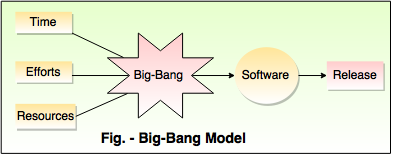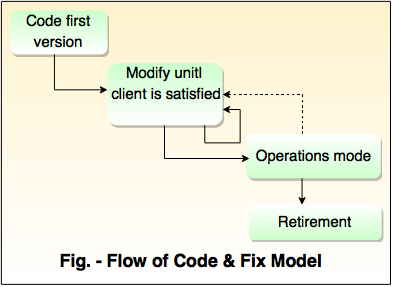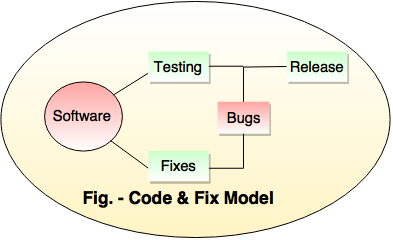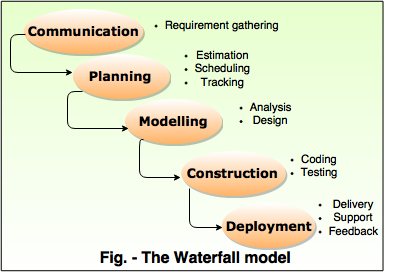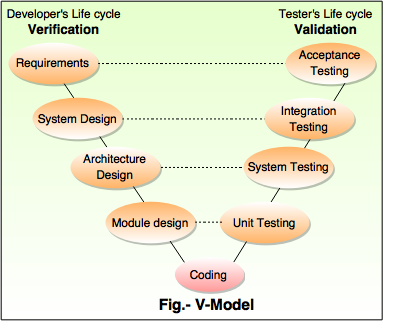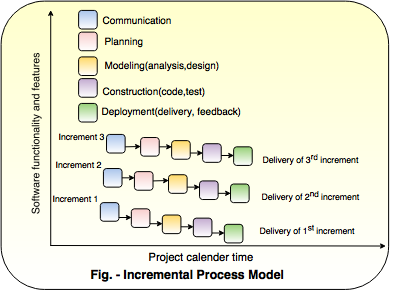The software development starts with the communication between customer and developer.
| Verification | Validation |
|---|
| Verification is the process to find whether the software meets the specified requirements for particular phase. | The validation process checks whether the software meets requirements and expectations of the customer. |
| It evaluates an intermediate product. | It evaluates the final product. |
| The objective of verification is to check whether software is constructed according to requirement and design specification. | The objective of validation is to check whether the specifications are correct and satisfy the business need. |
| It describes whether the outputs are as per the inputs or not. | It explains whether outputs are accepted by the user or not. |
| Verification is completed before the validation. | It is completed after the verification. |
| Plans, requirement, specification, code are evaluated in the verifications. | Actual product or software is tested under validation. |
The software development starts with the communication between customer and developer.
